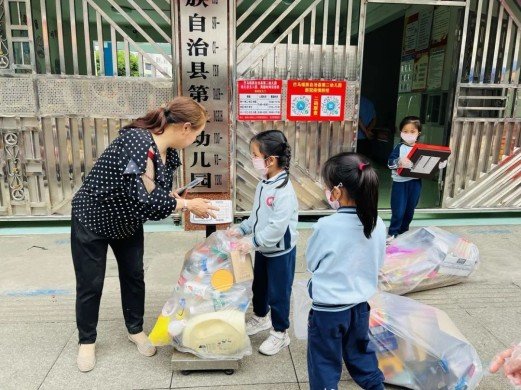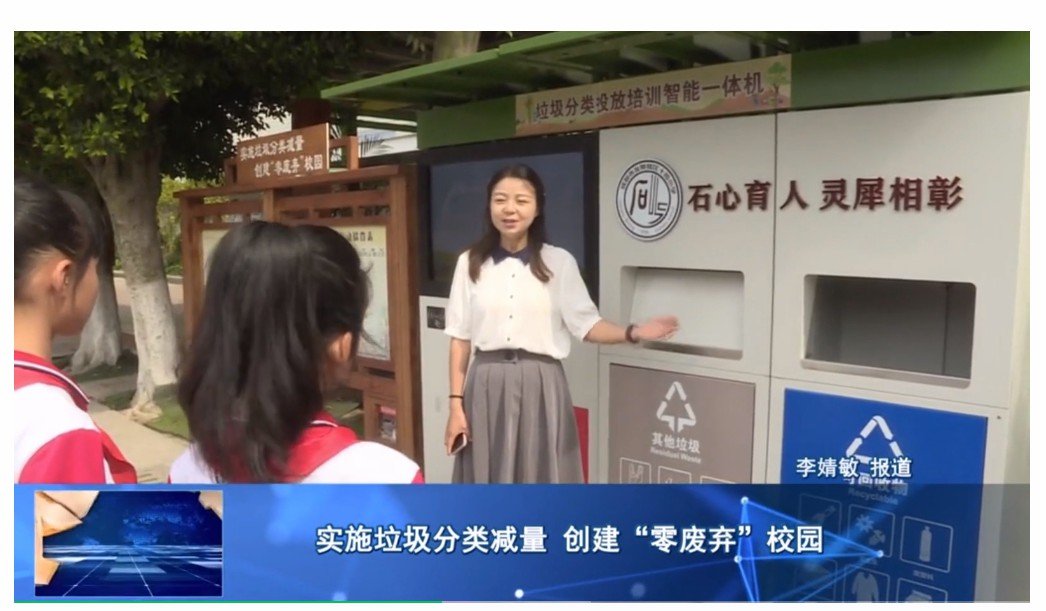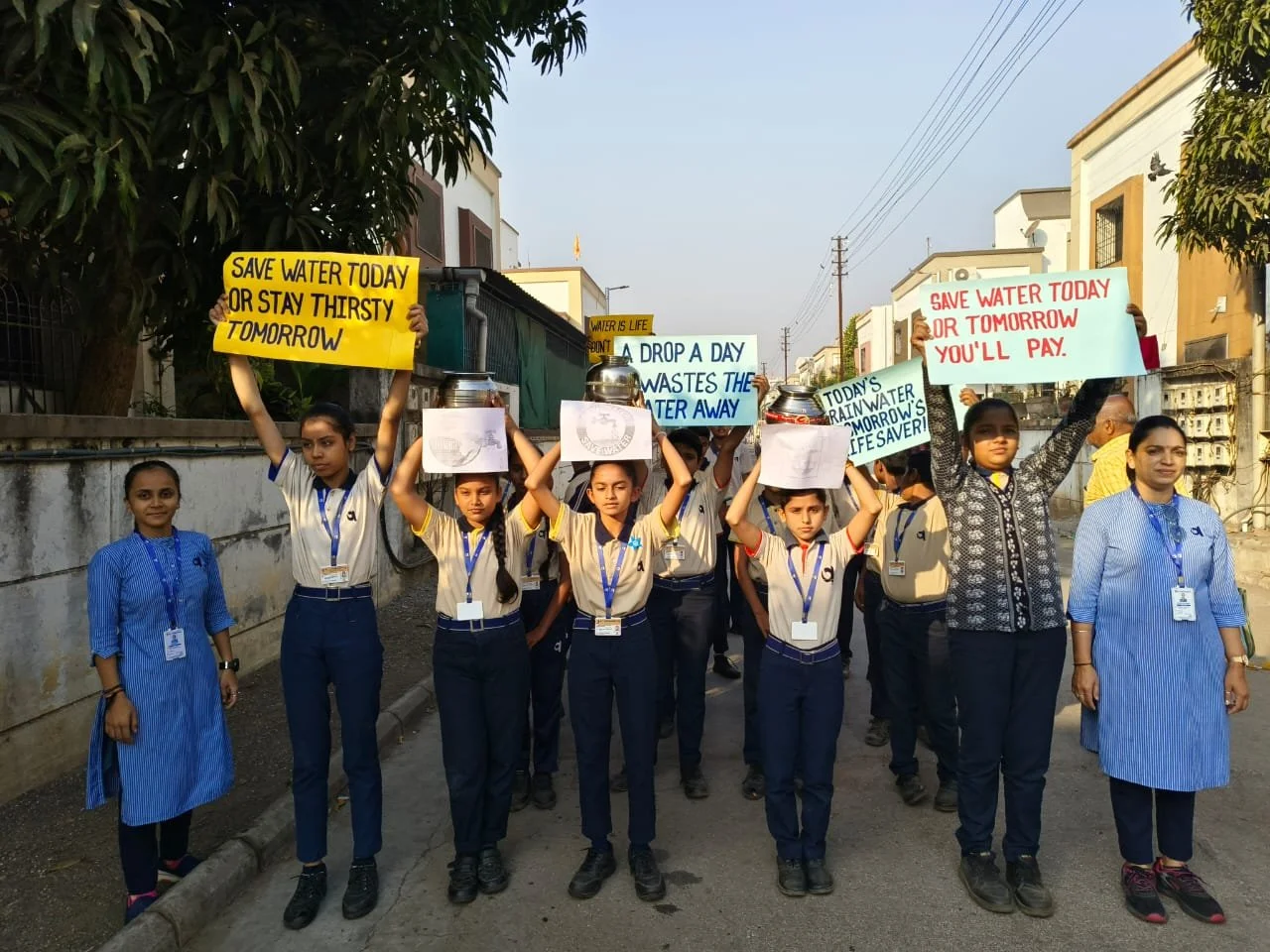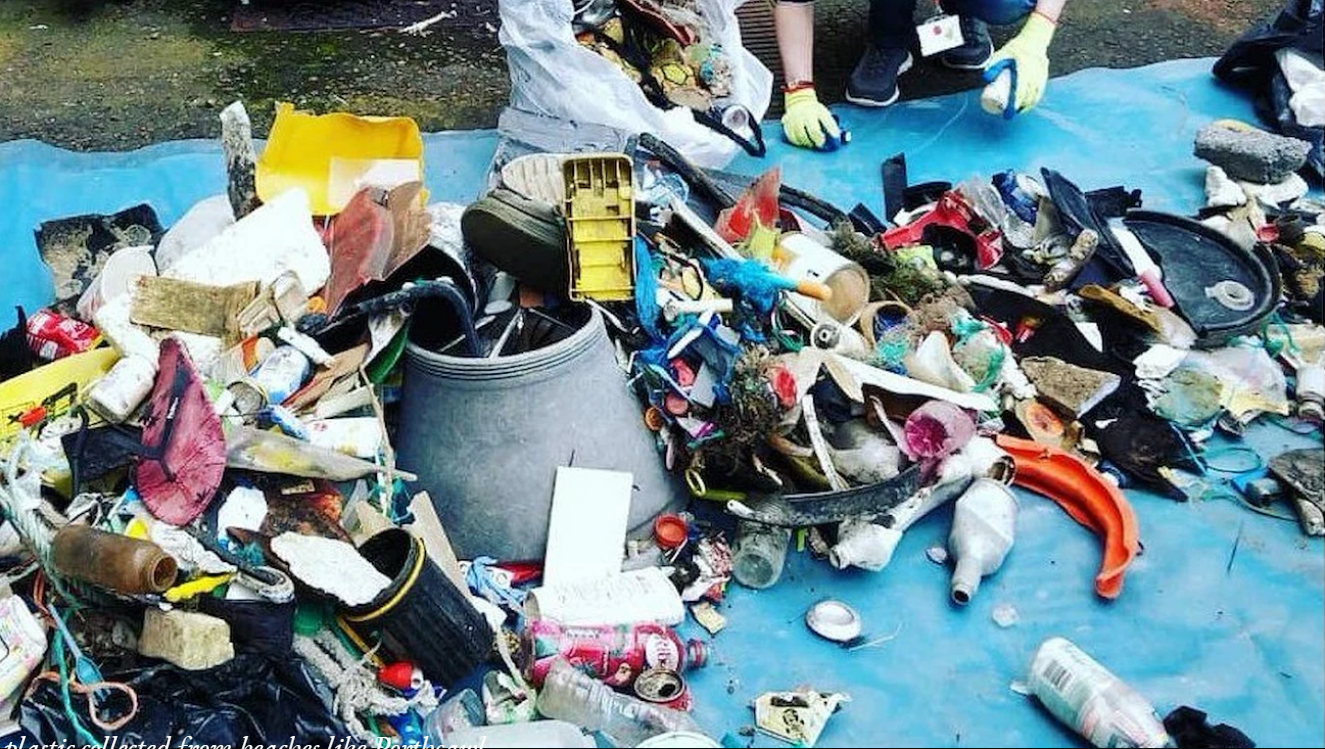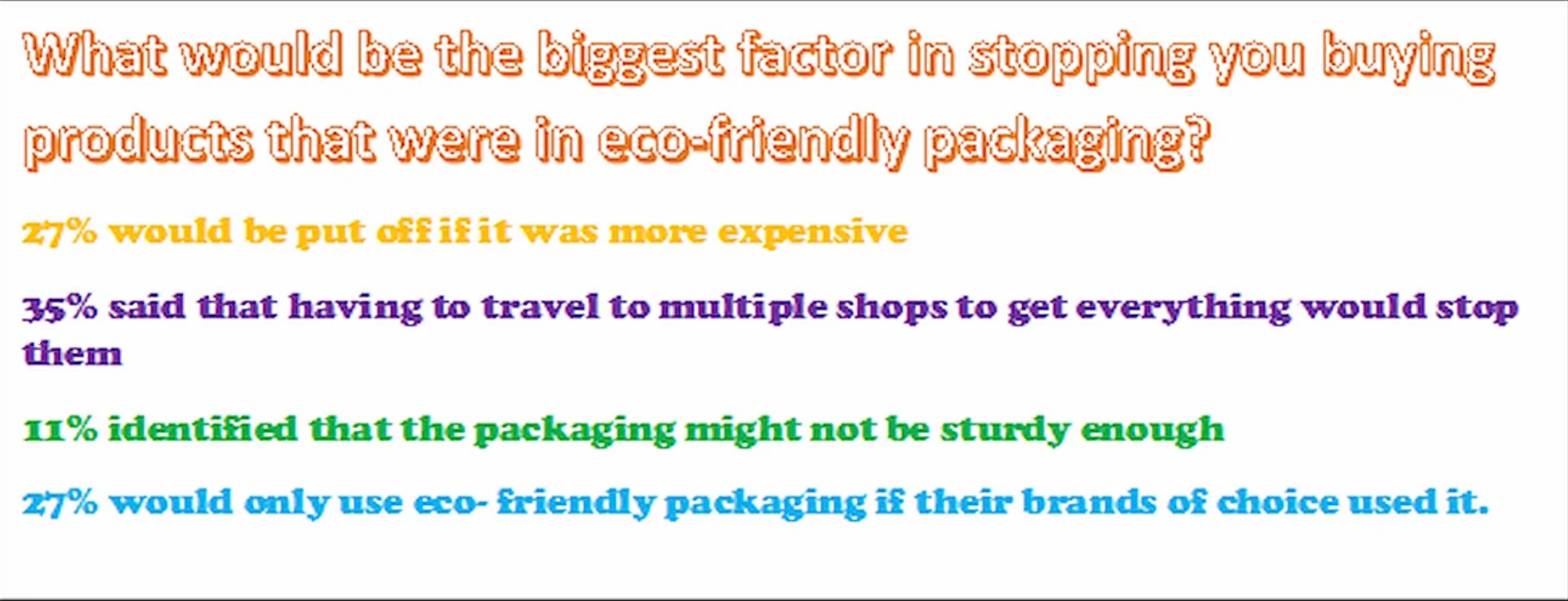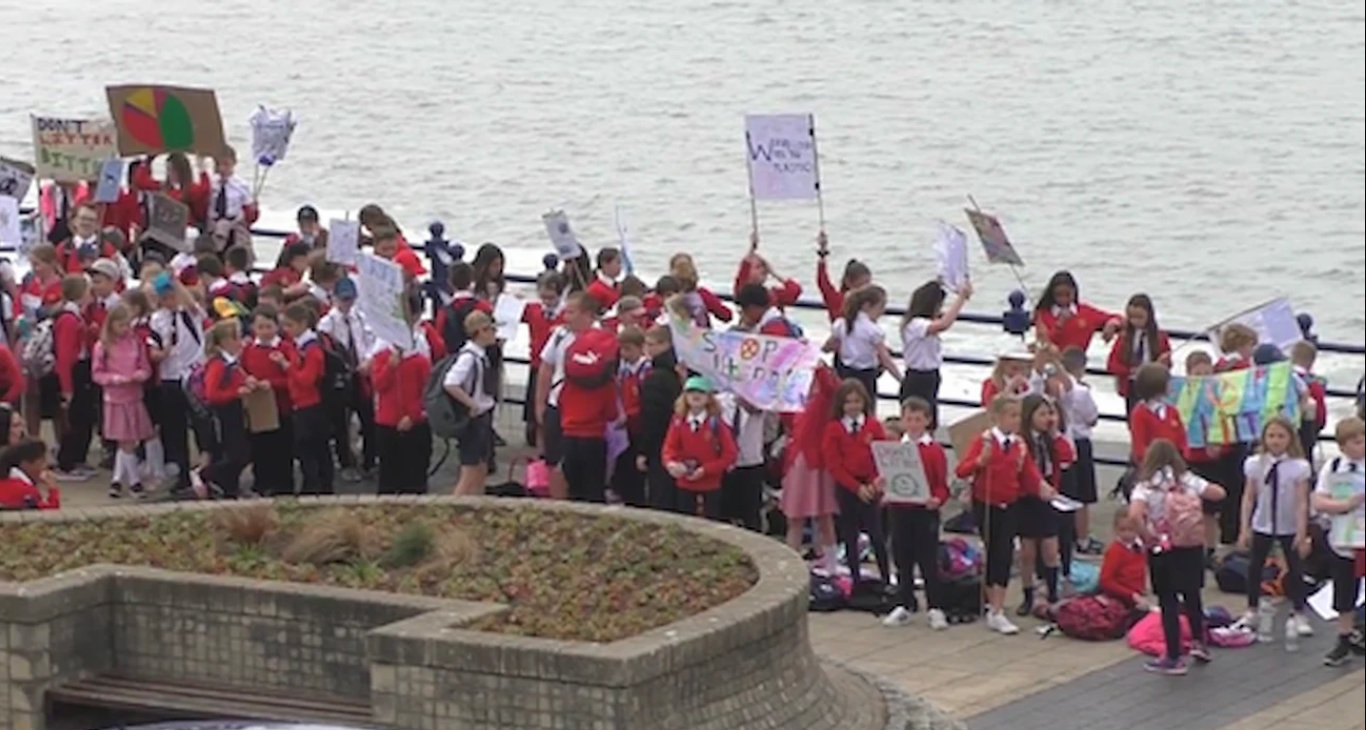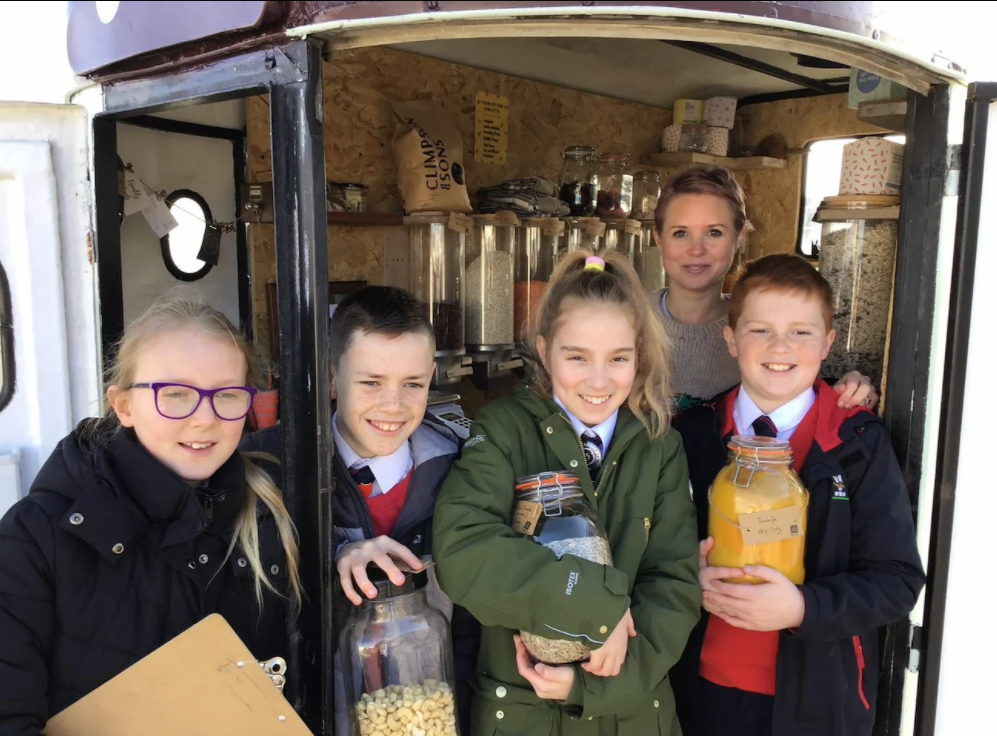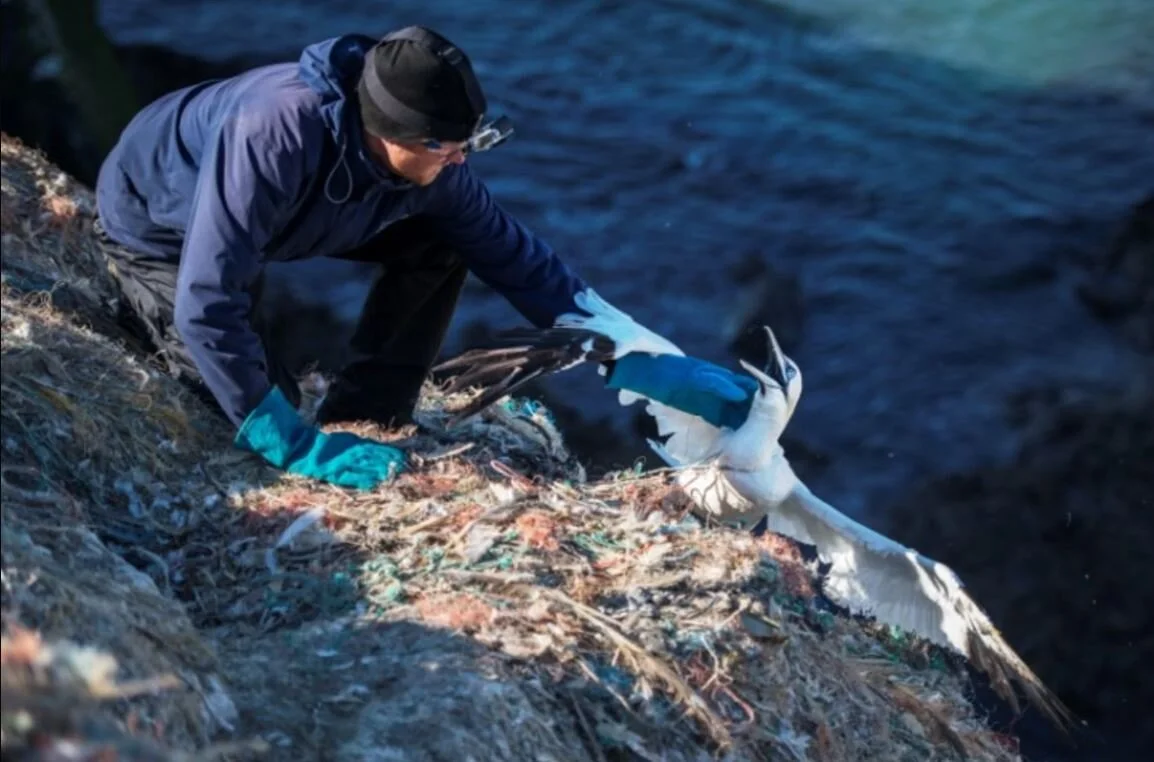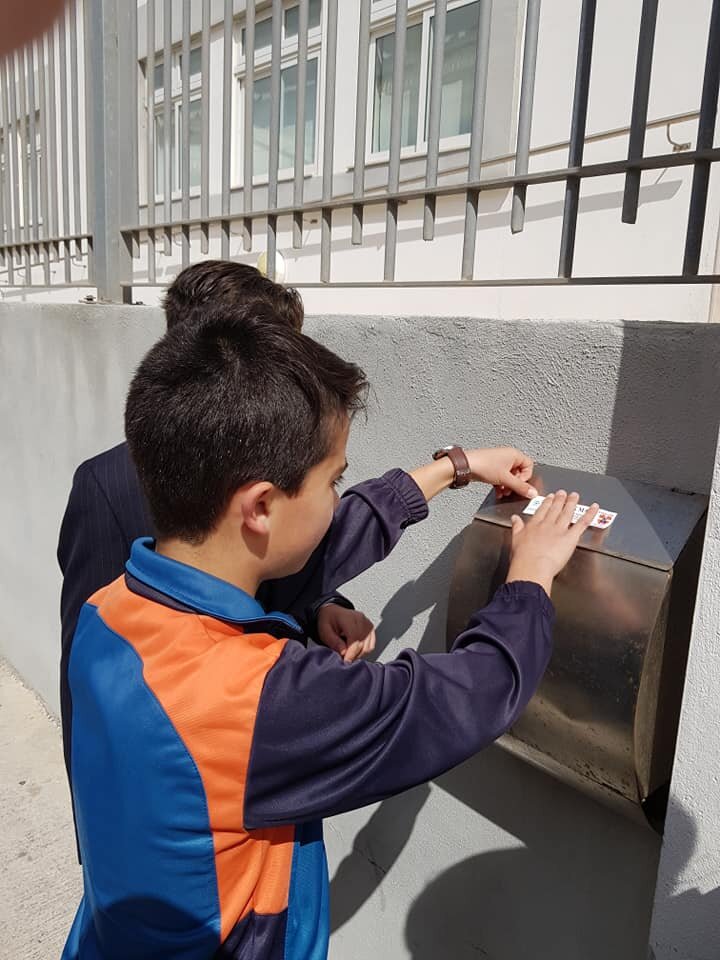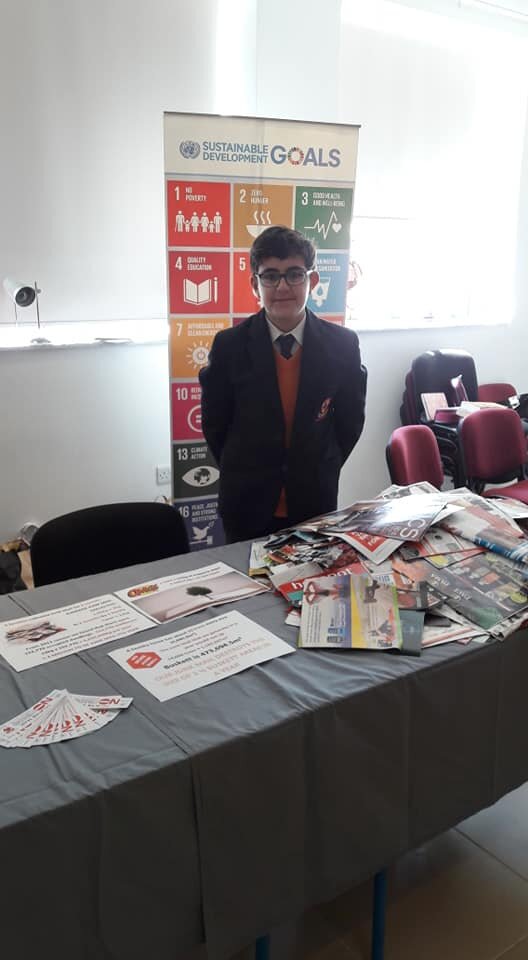YRE Competition 2019
Litter Less Campaign
15-18 years
“You can eat something if you want!” A worker yells from the door of his tractor when he sees me staring at the bins upon bins of fruit. Lemons and mandarins, as befits the season. These fruits will not be heading to supermarket shelves. The worker is dumping them. The bins are emptied, yellow and orange fruits tumbling out onto the muddy ground. All of it simply wasted.
At the back of this Gisborne pack house, the sickly sweet stench hits me first. This smell comes from piles of discarded fruit, left to lie in an empty space the size of a greenhouse. It almost looks pretty from far away. Looking closer, it is revealed that most of these lemons and mandarins are fine. Sure, there is the odd fruit tainted by rot, but most are free from rot or broken skins. Yet they are simply dumped out the back, wasted.
The manager of this pack house says this is because these fruits do not meet the consumer standard. “There are physiological reasons, like the breakdown of skins, and cosmetic damage… more damage than the grade standard allows.” The fruit, while juicy on the inside, is imperfect on the outside, so cannot be sold on supermarket shelves.
Much of it can still be eaten – confirmed by the worker inviting me to eat some. I do and find that most of the fruit is indeed perfectly edible. Yet with these imperfections, they cannot be sold commercially. With no other options, they are dumped out back and left to fester in the sun.
When you consider that agriculture and horticulture are two of the biggest industries in Gisborne, this problem could be much bigger than the bins of fruit discarded at this pack house. A sustainable society is one where waste is avoided to all extents – including food waste.
In a country that is aiming for sustainability, there are solutions to this waste problem. Of course, this fruit cannot simply be given away for free. The business, part of Gisborne’s biggest industries and employers, would suffer. The solution comes in finding sustainable ways to use this imperfect fruit. Other pack houses juice reject fruit if they have the means to. However, this is evidently not an option for these discarded fruits. There are programs, such as food donation services, which could serve as an avenue to reduce this waste as well as helping Gisborne people who are living in poverty.
In Tairāwhiti, approximately 50% of communities are considered highly deprived areas (Marsters, H., Shanthakumar, M., Fyfe, C., Borman, B. & Dayal, S., 2012, p. 19). As with many places, poverty has long been a problem for the Gisborne community, with many struggling to make ends meet. Poverty, in its absolute state, is defined as when “an individual does not have access to the amount of money necessary for meeting basic needs such as food, clothing and shelter,” defined by the United Nations Education, Scientific and Cultural Organisation.
Environmental issues and poverty often work hand in hand. “We can’t lift people out of poverty if we don’t conserve the environment and natural resources they rely on. And we can’t protect the environment if we don’t address the needs of people in poverty,” states World Wildlife Foundation. To preserve and protect the environment and achieve sustainability, we must also address the humanitarian issue of poverty.
The first United Nations sustainable development goal is to end poverty in all its forms, everywhere –so to address waste issues, poverty must also be considered. With food waste, solutions can be ones that kill two birds with one stone: while reducing waste of fruits unable to be sold on supermarket shelves, poverty may also gain some relief.
The Salvation Army, a charity service in Gisborne, is a “Recycle centre,” according to Janenne Nicolson, a community ministries team leader for the Gisborne Salvation Army Corps. The Salvation Army receives donations of everything from furniture to blankets made of wool from old sweaters, and finds someone who needs it.
Not to mention the Food Bank. Open on Tuesdays and Thursdays, the Food Bank is available to whoever needs it. “In an average week we would do 20 parcels,” Janenne tells me. Food is made up of donations by the community: local bakeries and businesses donate leftover food, and through a relationship with Countdown people can buy food that is directly donated to the Salvation Army Food Bank.
Although the need for the service in Gisborne is no different to that in other communities she has been in, Janenne sees an increased need from seasonal workers. “These people that, this week haven’t got the amount of money that they were expecting because of the bad weather, so there’s no money coming in, they don’t work those hours. “And then, of course, you get their families, young kids.”
The Food Bank sometimes gets fruit donated from people in the community, which sometimes results in volunteers going out to pick the fruit themselves. As for citrus from pack houses that would otherwise be dumped, they have had some donations in the past. “Usually it’s the growers themselves that will turn up with a truck out the back.”
The Salvation Army is “a hand up, not a handout,” meaning that their services are for those that need it. The Food Bank is not a source of ‘free food’, it is somewhere for people to go if they need help. Therefore it is not detrimental to a business to donate. If some reject fruit that would otherwise be dumped was sent to the Salvation Army Food Bank or other food donation services in Gisborne, it would reduce the quantities of fruit wasted while contributing to the reduction of poverty within the region.
For pack houses in Gisborne that discard reject fruit, creating unnecessary waste, solutions to find more sustainable things to do with fruit that does not meet the consumer-grade standard need only be looked for.
